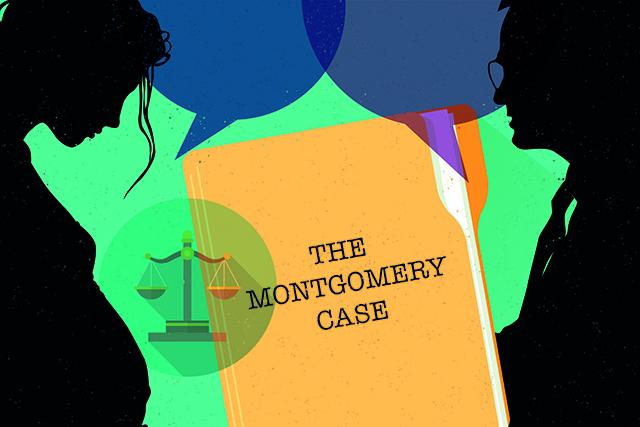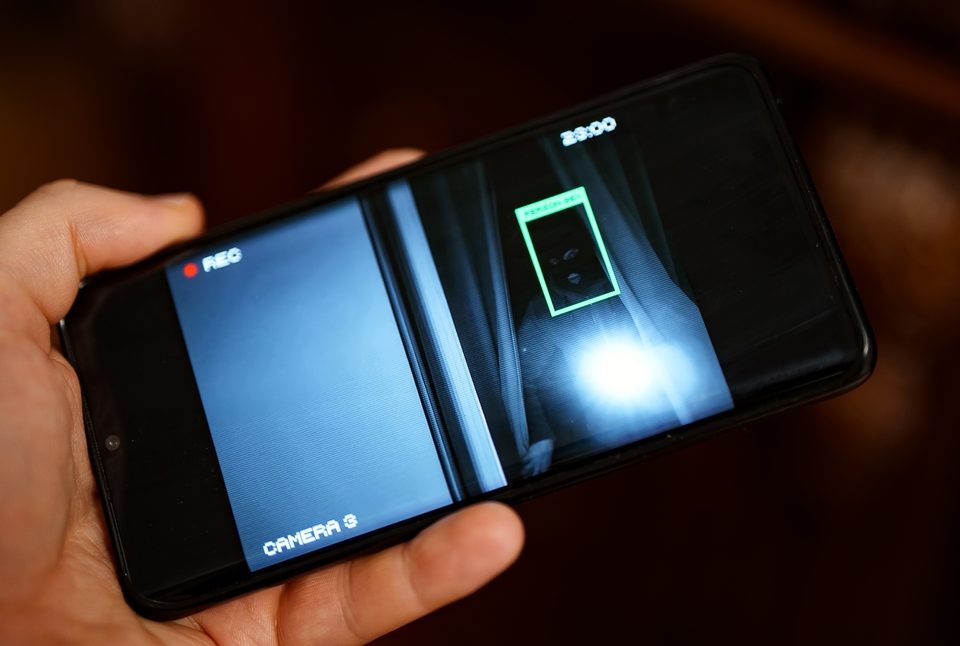
Montgomery v Lanarkshire Health Board – Changing Medical Practice Forever?
21st March 2023
FB v Princess Alexandra Hospital NHS Trust – Standards Of Care
3rd May 2023In all civil litigation the onus is on the Claimant to prove that what happened was due to the fault of the Defendant. In simple cases, such as a rear impact road traffic accident it is easy to establish who was at fault and this can be understood by the normal individual.
In medical negligence cases it must be established that a medical professional did not fulfil their duty of care to the patient and this cannot be easily understood by the man in the street and so requires expert evidence to assist the court in establishing if there is fault.
The Bolam test is part of the court process applied to determine whether there has been medical negligence and if compensation is due. The defendant (the medical professional) must show that the actions taken align with those a reasonable and responsible body of medical professionals in the same field would agree with.
Compensation may be due when the judge believes the defendant’s actions did not meet that standard.
The Bolam test is likely to be applied alongside published guidelines, such as those by the National Institute for Health and Care Excellence (NICE), to assist with deciding whether the care given fell below that standard. This, however, is not the end of the story. Even when the evidence including using the Bolam test, to establish breach of duty, supports the claimant’s case, compensation does not automatically follow. The Claimant must also establish that they suffered harm and that the harm was directly caused by the breach of duty and not as a result of existing or underlying conditions. This is called Causation in legal terms.
The Bolam medical negligence claim
The medical negligence case behind the Bolam Test dates back to 1954 when John Hector Bolam voluntarily admitted himself to Friern Psychiatric Hospital in London. Mr Bolam had been suffering from long-term depression. After a relapse, he was re-admitted and consented to electroconvulsive therapy (ECT). However, Mr Bolam was unrestrained during his second treatment, and no muscle relaxants or anaesthesia was administered before inducing the seizure. The unmodified form of ECT was falling out of favour. However, the medical professional went ahead in this case.
During the seizure, Mr Bolam sustained severe physical injuries, including double hip dislocation and bilateral pelvis fractures. Mr Bolam took legal action against the hospital, with claims that he had not been made aware of the fracture risk, despite six instances of similar fracture injuries following the procedure at the hospital.
The Court’s decision
In 1957, under Mr Justice McNair, the case came to court. Various medical opinions showed marked differences in acceptable practice, with both support for and against the defendant’s actions.
The judge went on to express the principle now known as the Bolam Test:
“A doctor is not guilty of negligence if he has acted in accordance with a practice accepted as proper by a responsible body of medical men skilled in that particular art. … Putting it the other way round, a doctor is not negligent if he is acting in accordance with such a practice, merely because there is a body of opinion that takes a contrary view.”
The jury found for the defendants, rejecting Mr Bolam’s claim.
For and against the Bolam Test
The Bolam Test requires comparing what is done in standard practice to what happened in the patient’s case rather than what perhaps should have been done. Such comparison means no negligence would ever be proven where poor practice is the norm.
In 1997, a court case (Bolitho) applying the Bolam Test offered a modification such that where medical opinion is conflicting and actions cannot withstand logical analysis, this will not always be considered a reasonable defence. Such that you can not defend against negligence based on current practice alone; the course has to be reasonable or logical.
A negligence claim in 2015 (Montgomery) offered the most significant rejection of the Bolam Test particularly in consent cases when used in isolation. The ruling considered the duty of patient care to warn of material risks. Material risk is defined as such that a patient would or could likely attach significance to such risk. The ruling brought the law in line with GMC’s contemporary guidance to refocus the aspect of consenting discussion firmly on the patient.
What is interesting about these later cases is that Bolam is a decision of the English courts and therefore does not apply in Scotland.
However the Bolitho case was heard in the House of Lords the predecessor of the British Supreme Court which heard the Montgomery cases. Bolitho was an English case and Montgomery a Scottish case but the final decisions of the Supreme Court / House of Lords are binding in both Scotland and England.




